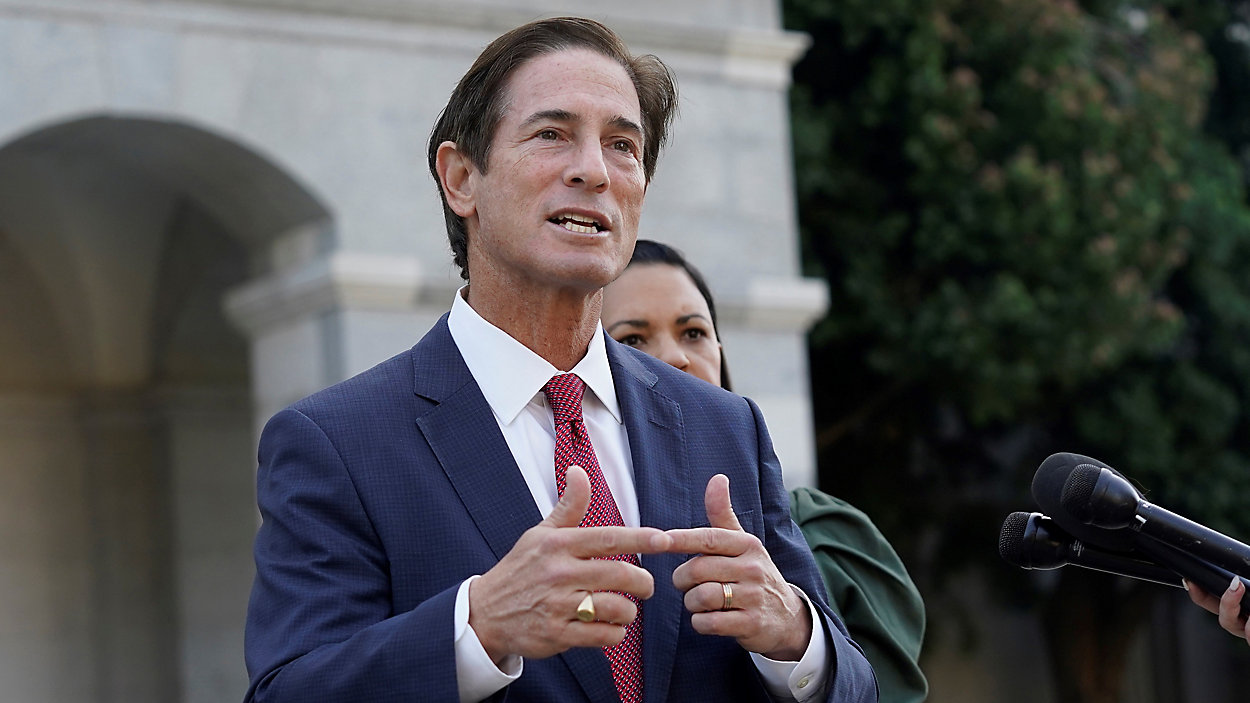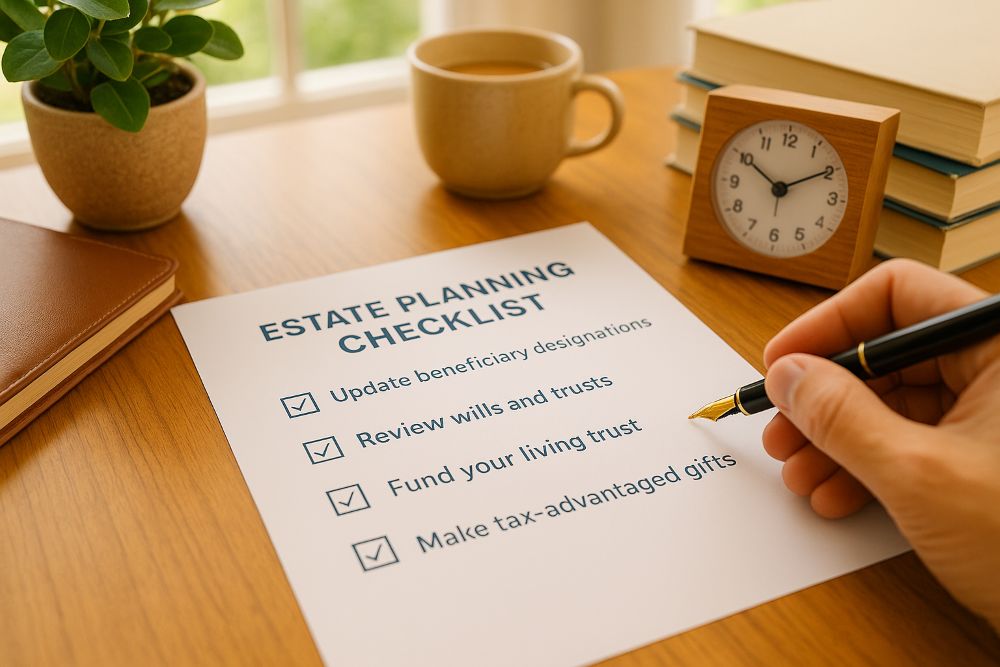K-12 schools across the United States face a persistent challenge in fundraising: advancement teams struggle with fragmented tools, outdated donor experiences, and limited resources to manage everything from annual giving campaigns to live auctions. While higher education institutions and nonprofits have access to sophisticated fundraising platforms, the 130,000 K-12 schools nationwide have been largely underserved, forcing small teams to cobble together multiple systems or rely on generic solutions that don’t meet their specific needs. Boost My School addresses this gap as the only fundraising platform purpose-built exclusively for K-12 advancement teams, consolidating workflows for annual giving, reunions, auctions, golf outings, and giving days into a single, intuitive system. The platform combines engaging fundraising pages with modern payment options like Apple Pay, Venmo, and PayPal, while features like live leaderboards, comment walls, and smart donor suppression increase participation and simplify campaign management. Over the past school year, hundreds of schools using Boost have raised more than $100M across 100,000 donors, achieving a 98% retention rate and an 85 net promoter score that demonstrates strong product-market fit in this specialized vertical.
AlleyWatch sat down with Boost My School CEO and Founder Holman Gao to learn more about the business, the founder’s journey, recent funding round that brings the company’s total funding to $10M, and much, much more…
Who were your investors and how much did you raise?
Boost My School has raised an $8M Series A led by High Alpha with participation from Allos Ventures, Far Out VC, and strategic angel investors such as Scot Chisholm, founder of Classy, which was acquired by GoFundMe in 2022. This Series A brings total company funding to $10M.
Tell us about the product or service that Boost My School offers.
Boost My School is a fundraising platform specifically designed for K-12 advancement teams. Schools raise more money with Boost by providing a more engaging and simplified fundraising experience to their donors. The Boost platform streamlines workflows for a variety of fundraising initiatives, including annual giving, reunions, auctions, golf outings, and giving days.
What inspired the start of Boost My School?
I built the first version of Boost after I needed to write a check to donate to my high school’s math team. From there on, our mission has been to create an easier way for schools to engage their communities and fundraise more efficiently.
How is Boost My School different?
Boost is differentiated by our focus as the only fundraising platform purpose-built for K-12 advancement teams. There are already a ton of platforms built for higher ed and non-profits, but none for K-12 advancement, even though they have fewer resources than their larger counterparts, yet face the same expectations to fundraise in a personalized way. Boost enables smaller teams to do more through one system by having more out-of-the-box features and hands-on school support.
What market does Boost My School target and how big is it?
Boost’s current focus is the 130,000 K-12 schools in the US, and our platform is best suited for schools with at least one full-time advancement professional on staff.
What’s your business model?
Boost operates on a subscription and platform fee model. K-12 schools each have their own unique needs, so we offer three different plans so schools can use Boost for any or all of their giving, events, and auctions.

How are you preparing for a potential economic slowdown?
We feel grateful to be relatively insulated from a potential economic slowdown. Schools will always be around regardless of the economic climate, and our platform is directly tied to school revenue, which is why we’ve never had a down month in Boost’s history.
What was the funding process like?
Our funding process came together smoothly — we went from sharing our deck to a signed term sheet in two weeks. We attribute this success to meeting investors before we started actively raising and being incredibly clear with investors on how we see Boost growing. This allowed us to surface the investors who were truly excited by Boost’s story before we even started raising.
What are the biggest challenges that you faced while raising capital?
Our biggest challenge while raising was that, similar to other CEOs, raising capital was essentially an additional full-time job, and it required me to step away from the business temporarily. We’re grateful to have an ownership-driven team, which meant that productivity didn’t drop while I was out of pocket.
What factors about your business led your investors to write the check?
According to our lead investor, High Alpha Partner and Co-Founder Mike Fitzgerald, Boost’s focus and success in one market was a critical factor in their investment decision. This story showed through our metrics, including impressive ARR, 98% school retention, and 85 net promoter score, which all signaled clear product-market fit.

What are the milestones you plan to achieve in the next six months?
The recent funding will be used to scale Boost’s go-to-market initiatives and expand our product breadth for K-12 advancement teams.
What advice can you offer companies in New York that do not have a fresh injection of capital in the bank?
In Boost’s history, we’ve always benefited from the value coming from sticking to a narrow focus, regardless of how much capital Boost has had. Focus and prioritization are generally my top recommendations for up-and-coming founders.
Where do you see the company going now over the near term?
Boost is currently serving over 250 schools, helping them raise over $100 million last school year. Our near term goal is to continue doubling our school base and growing a strong presence in all 50 states by next year.
What’s your favorite summer destination in and around the city?I’m a big fan of outdoor sports & activities! I love playing outdoor pickleball or volleyball in the city during the summer, or taking the ferry to Rockaway Beach for a getaway.
























